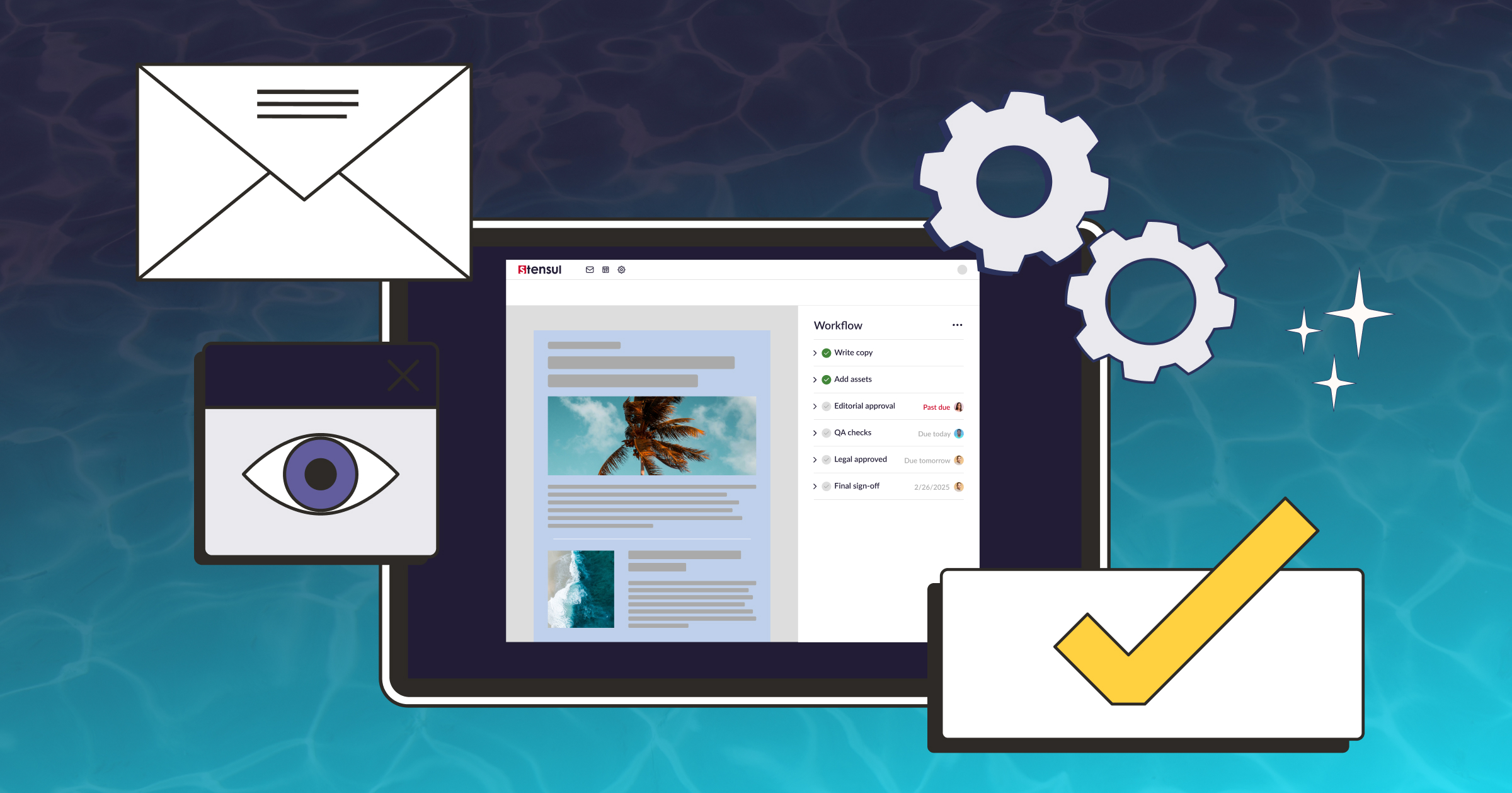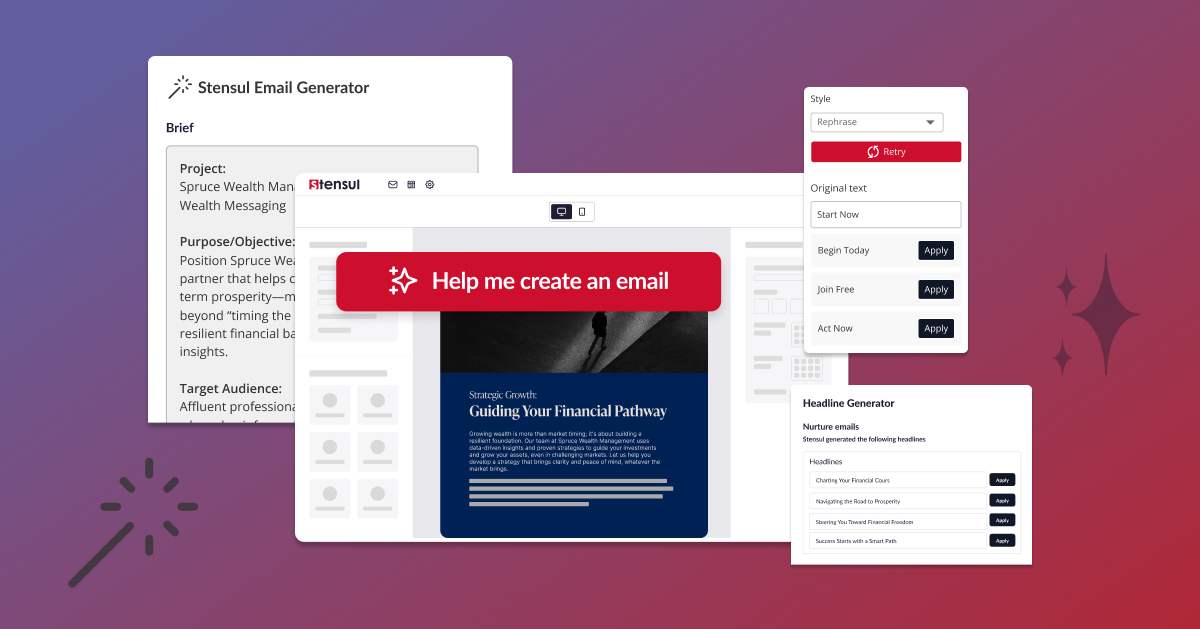As team leader of your organization’s marketing operations (MOPs), design, or marketing units, there are times when you feel there’s only so much you—as one person—can do. That’s when the need to delegate comes into play.
Delegate the right way and it will lighten your workload. It will also raise your unit’s productivity, and, in all likelihood, the performance of the campaigns being produced as well.
If handled poorly, your delegation efforts can backfire with profound consequences, however. Not meeting an SLA for an email tied to a limited-time offer could be the least of your problems.
You can assign a task, even a complete project, to someone on your team and be confident they will handle it as you would. An important result of delegating well is its impact on you. First, you gain time to focus on higher-value work. With others taking on items from your to-do list, you can get more involved in strategic activities that can raise your profile within your organization.
In speaking with people in similar roles at companies like yours, it became clear there are nine steps you can take to delegate and have everything go the way you need it to, whether it involves developing a marketing brief, finishing a layout, or readying a deployment.
These leaders emphasized that by using the nine-step approach, delegation became effectively risk-free.
9 steps you can take right now to delegate better
1. Identify tasks
Identify tasks you can delegate within your email design process. These can include creating graphics, coding HTML templates, copywriting, testing, or managing email lists.
2. Assess skills
Determine the skills and expertise required for each task. Look for team members or freelancers who possess the necessary skills or can get training to handle specific tasks.
3. Communicate expectations
Communicate your expectations for each task to the person you’re delegating to. Provide detailed instructions, examples, and any necessary resources to ensure they understand what to do.
4. Provide training and support
If necessary, offer training and support to help the person you’re delegating understand the task and any tools or software they’ll use. Be available to answer questions and provide guidance throughout the process.
5. Set deadlines
Establish clear deadlines for each delegated task to ensure timely completion. Consider project timelines, campaign schedules, and any dependencies on other tasks.
6. Monitor progress
Regularly check in on the progress of delegated tasks to ensure everything is on track. Provide feedback and guidance as needed to help the person you’re delegating to overcome any challenges they may encounter.
7. Review work
Ensure completed tasks meet your standards and requirements. If necessary, provide constructive feedback and corrections. A strong review process makes everyone work better in the end.
8. Acknowledge and reward
Recognize the contributions of those you’ve delegated tasks to and recognize their efforts. Consider providing rewards or incentives for exceptional work to encourage continued engagement and motivation.
9. Iterate and improve
Continuously evaluate the delegation process and look for opportunities to improve efficiency and effectiveness. Solicit feedback from team members and make adjustments as needed.
Following these steps can help you confidently delegate responsibilities and ensure tasks are completed efficiently and to a high standard.
To learn more about being an effective team leader, download the Stensul eBook, Email Team Leadership: How to manage your email creation team for greater efficiency and better performance.




